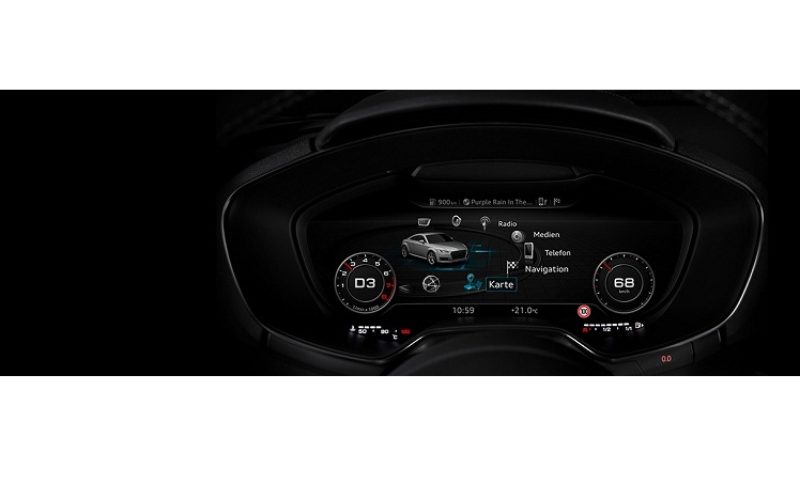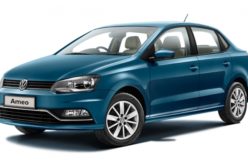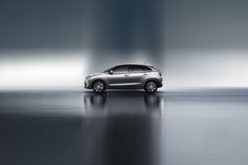Turn the key in the ignition of a ‘67 Mustang or any other classic car and the needles on the dashboard spring to life. In modern hot rods, replacing this analog system with a digital dashboard comes with challenges.
Zero latency is the goal of Horst Hadler, a manager at Germany-based infotainment system developer e.solutions, in his design of Audi’s virtual cockpit, powered by an NVIDIA Tegra processor.“We thought – building a virtual cockpit with real-time graphics – how hard can that be?” he told a session at the GPU Technology Conference earlier this month. “But with a graphics cluster, you’ll always compare it to its analog brother.”
Hadler’s early design challenges lay in getting the cockpit’s startup time to less than two seconds and managing the reactivity, or speed of the needles, on the virtual dashboard to avoid a juddering strobe-like effect. “Analog is really hard to beat – it’s instantly on,” Hadler said.
Driver-Loving Layout
Audi’s visually rich virtual cockpit, featured in sport models like the Audi TT and Audi R8, ditches the traditional center screen for a fully digital instrument cluster behind the steering wheel.It’s won raves in the automotive press for being easy to navigate and driver-friendly. Among the benefits of the virtual cockpit is its flexible layout designed to suit the driver in any situation. At the touch of the button on a steering wheel, the driver can switch from a lit single-display configuration to a classic dual-display.
For the single-display, the gauges shrink in size, while a map grows to take up the entire 12.3-inch-wide navigation screen. For the classic view, the familiar two-gauge setup is displayed, with the tachometer on the left and speedometer on the right.With analog speedometers, which have the traditional needle sweeping around a dial, the driver has a sense of the car’s speed but it’s hard to read at a glance. The digital cluster is easier to look at and understand immediately.With differently lit faces and modes that suit the driver’s preference, the design makes it safer to read. As the software is bundled into one package,creating different cockpit configurations that can offer a variety of languages for drivers is a snap.
Small, aesthetically pleasing details were added. These include a carefully shaded red on one gauge that references a red used in another part of the cockpit layout. “There were small material effects that come together to make up the complete expression of the virtual cockpit,” Hadler said.
Photo Credit: Audi











